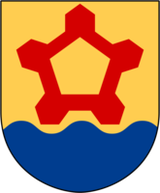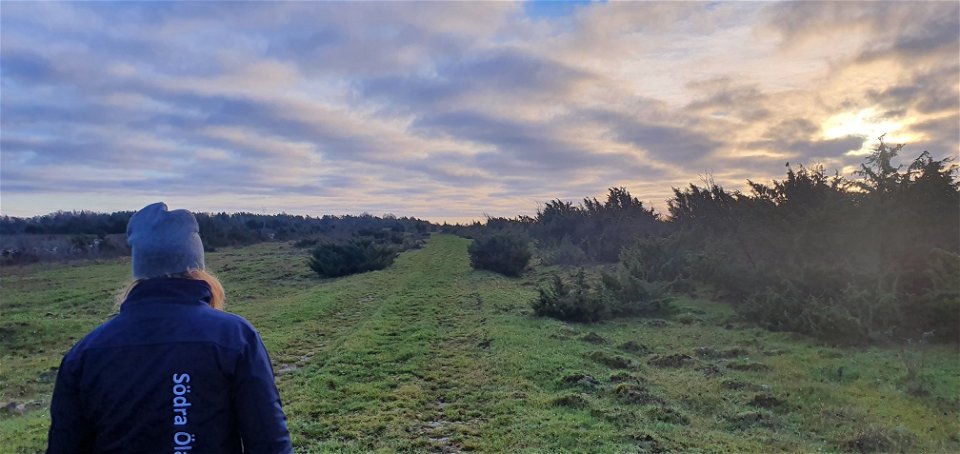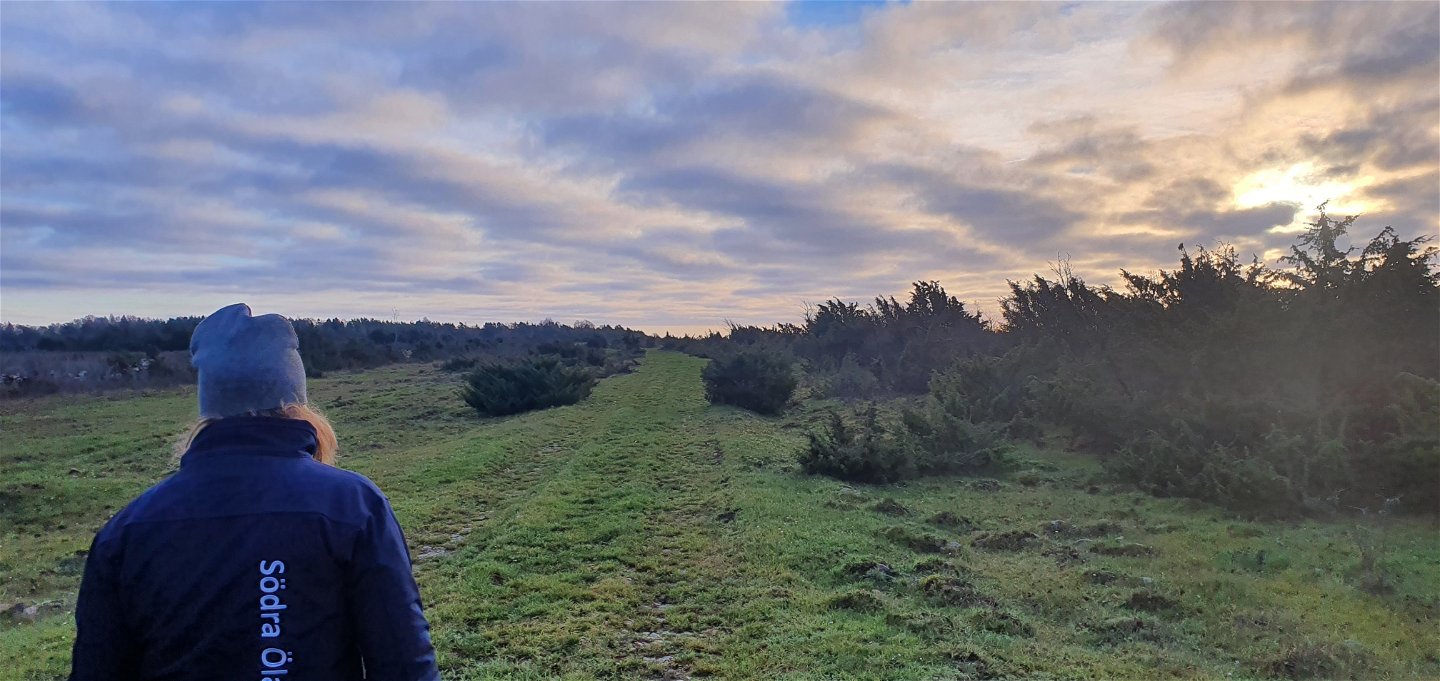Lundastugan vandringsled
Hiking
- County: Kalmar län och Öland
- 6920.91 km away from you
Trail details
- Length 7.5 km
Actions
Description
Along the hiking trail Penåsa - Tingstad flisor there is the possibility of a detour to Lundastugan.
At a stop about 3 km from Penåsa, you turn off the trail towards Tingstad flisor. The trail towards Lundastugan follows an old alvar road which during wet periods is partly waterlogged. Here, however, there is an opportunity to round the waters to get further. During summer and other dry periods, it is fine to follow the road with dry shoes.
Activities And Facilities
-
Hiking
-
Circular trail
Facts
Lundastugan
Every island village has an ore settlement. This is where those who were not self-owning farmers lived. When the settlement was built, the land was jointly owned by the village.
The island's ore settlements were mainly built during the second half of the 18th century and the 19th century, when population growth was at its highest. In the map material, Lunda ore can be traced from 1833, but probably began to be built on around the turn of the century 1800.
The first known owner of Lundastugan is the sailor Peter Lindström and he was born in 1803 according to information in the register book at the sailors' house in Kalmar. The farm was owned by the same family for three generations before it was sold and became a summer residence during the first half of the 1930s. The land was bought free in 1938.
We do not know much about Peter or his son Nils Gustav, who inherited the cottage, other than that they were both sailors. Nils Gustav left no heirs and it was his wife's niece Amanda who inherited the cottage. Amanda's fiancé, Emil Jonsson, went to America to earn money so he could buy a cottage and marry Amanda. He returned empty-handed, but thanks to Amanda's inheritance they were able to marry. The small farm could not support them both, so Emil, who was a good bricklayer, went to Stockholm during the summer to work while Amanda stayed behind to look after the farm.
Amanda and Emil had two sheep and a goat, but probably also chickens. They bought a pig in the spring, which was slaughtered when Emil came home in the fall. They grew vegetables in the garden and on a small plot nearby they grew potatoes, turnips, some barley and rye. To get enough food, Amanda also worked for local farmers. She was also known to be a skilled weaver and probably wove not only for her own household needs but also for sale. The farm, which is essentially a copy of a farmhouse in southern Sweden, consists of:
- a dwelling house, consisting of a large cottage, chamber and summer room
- summer kitchen, where the sheep's and goat's milk was made into butter and cheese
- outhouse
- sheepfold, where the animals lived during winter
- cellar, where vegetables and meat were stored
The farmhouse is made of wood, while the other buildings are made of limestone. The farm is surrounded by a well-made limestone wall, which not only enclosed the farm but was also necessary to keep out the village's grazing animals.
Amanda and Emil Jonsson were childless and when she was widowed she sold the farm in the 1930s. After that, the property became a summer residence and no major changes were made, except for the withdrawal of electricity. The land was purchased in 1938. In 1957, the owners donated the farm to the Öland Local History Association. As of 2015, the property is owned by Kastlösa Hembygdsförening, which has begun the extensive repairs and maintenance work that has become necessary.
"With its old-fashioned, turf-covered stone houses and the gray ridge cottage built around a small idyllic courtyard, the old sailor's farm on Lunda ore is undoubtedly one of the most beautiful and best-preserved ore houses of a genuinely southern Öland type that remains ..."
From Ölands hembygdsförbund's commemorative publication from 1964
Contact
Address
Email address
Matheus Tholin
Organization logotype

Please be aware that some of these texts have been automatically translated.
Questions & Answers
Ask a question to other Naturkartan users.




